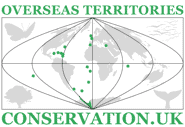Supporting vital nature conservation on Montserrat through community engagement
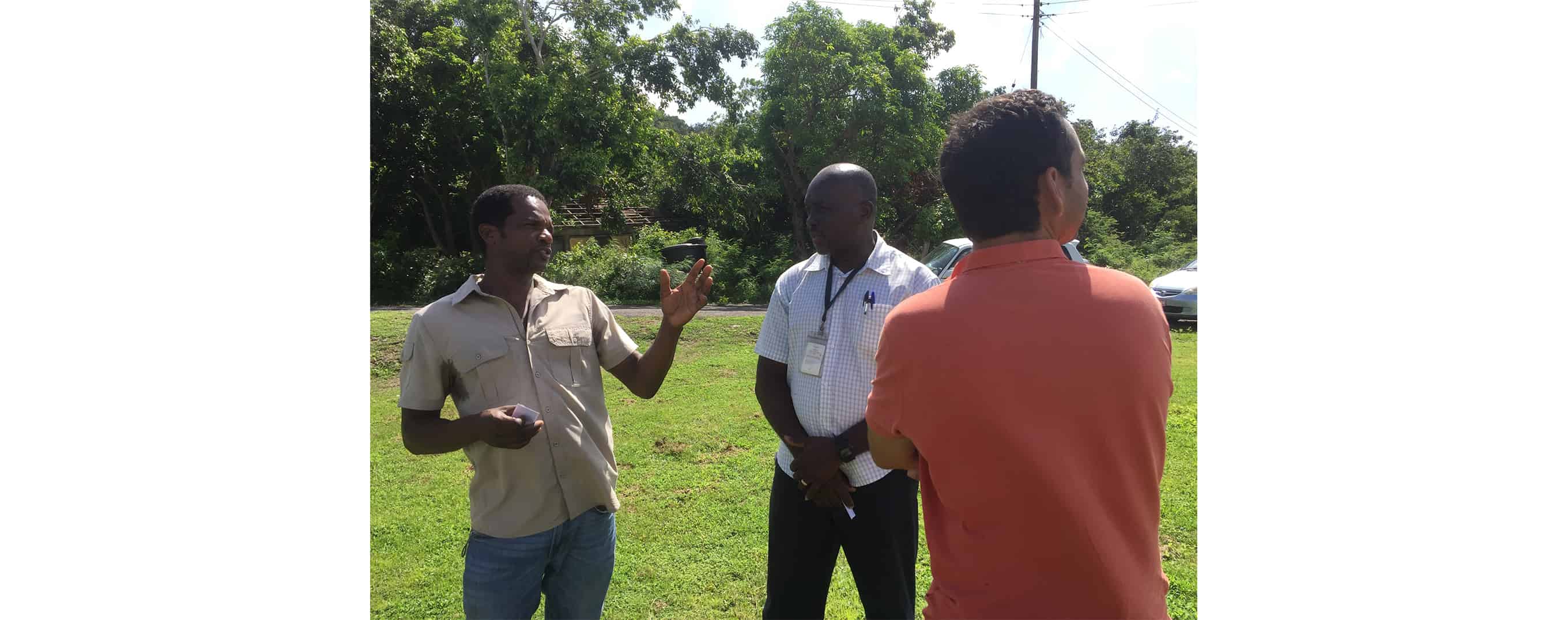
Support this Appeal
Supporting vital nature conservation on Montserrat through community engagement-
£20- Your donation will go towards the on-going cost of building, maintaining, and running the nursery to provide native plants to restore these in the adopted areas
-
£50 Your donation will help fund a qualified specialist co-ordinator to visit the sites, develop guidance on conservation plans, and advise on and monitor implementation, with subsequent adjustments as necessary.
-
£100 Your donation will assist in funding training days on conservation/cultivation experience for school-students at the botanic gardens, with materials, so that this initiative thrives in the long term and expenses of visiting specialist volunteers to run needed courses and assist with particular skills where these are not available locally.
-
£500 Your donation will go towards co-ordination and management of the initiative, seeking additional financial and human resources and other support, where this cannot be fulfilled by the substantial volunteer effort already available.
This project is a partnership between the Montserrat National Trust and the island community, initiated and supported by UKOTCF. Montserrat is a British Territory which lies 43 km SW of Antigua and 64 km NW of Guadeloupe. It is a volcanic island, 17 km long and 11 km wide, is mountainous, with streams and waterfalls amongst dense tropical vegetation. It was disrupted by a volcanic eruption 20 years ago, and 2/3 of the island is still not inhabitable. The Montserratians have strived not only to replace their homes and work, but also to protect their precious natural environment, on which their sustainable tourism economy depends.
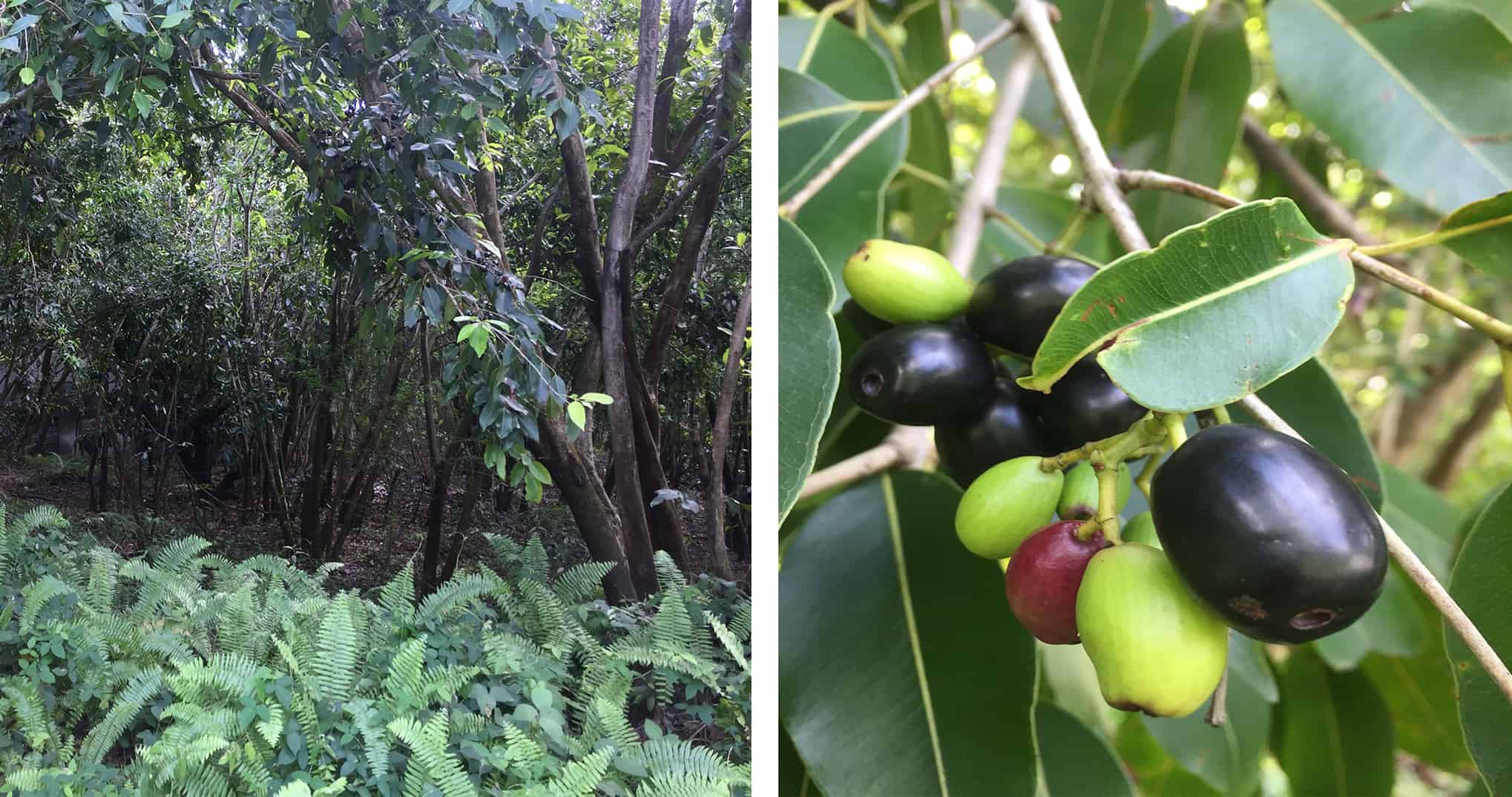
Montserrat remains a very special place. It still has many unique species found nowhere else on earth. Local bodies have formed many partnerships in order to ensure that its wildlife and habitats are protected and maintained for future generations, given that there are many pressures which threaten their survival such as invasive species (exacerbated by the volcano), physical development not fully integrated with the environment, and those brought about by climate change.
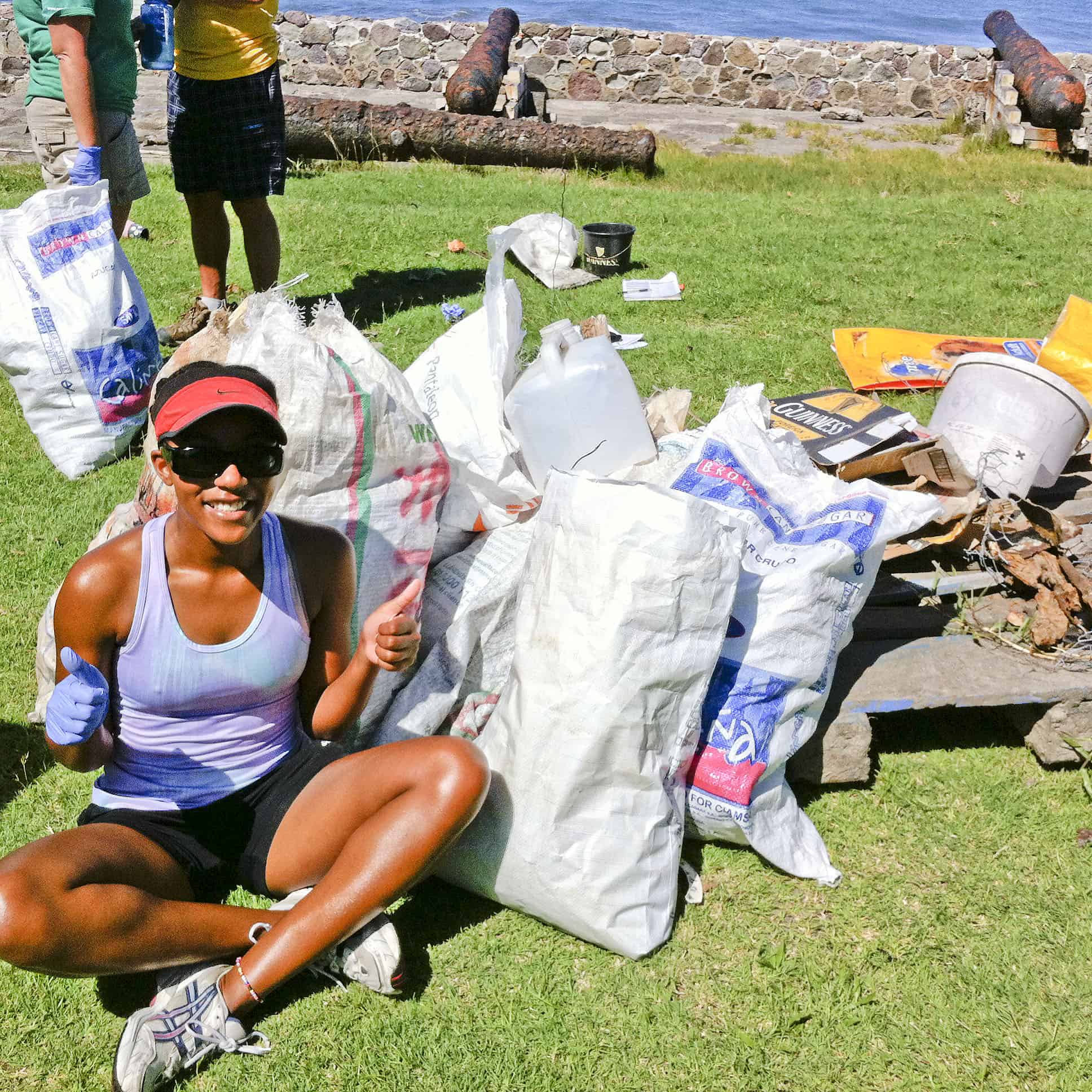
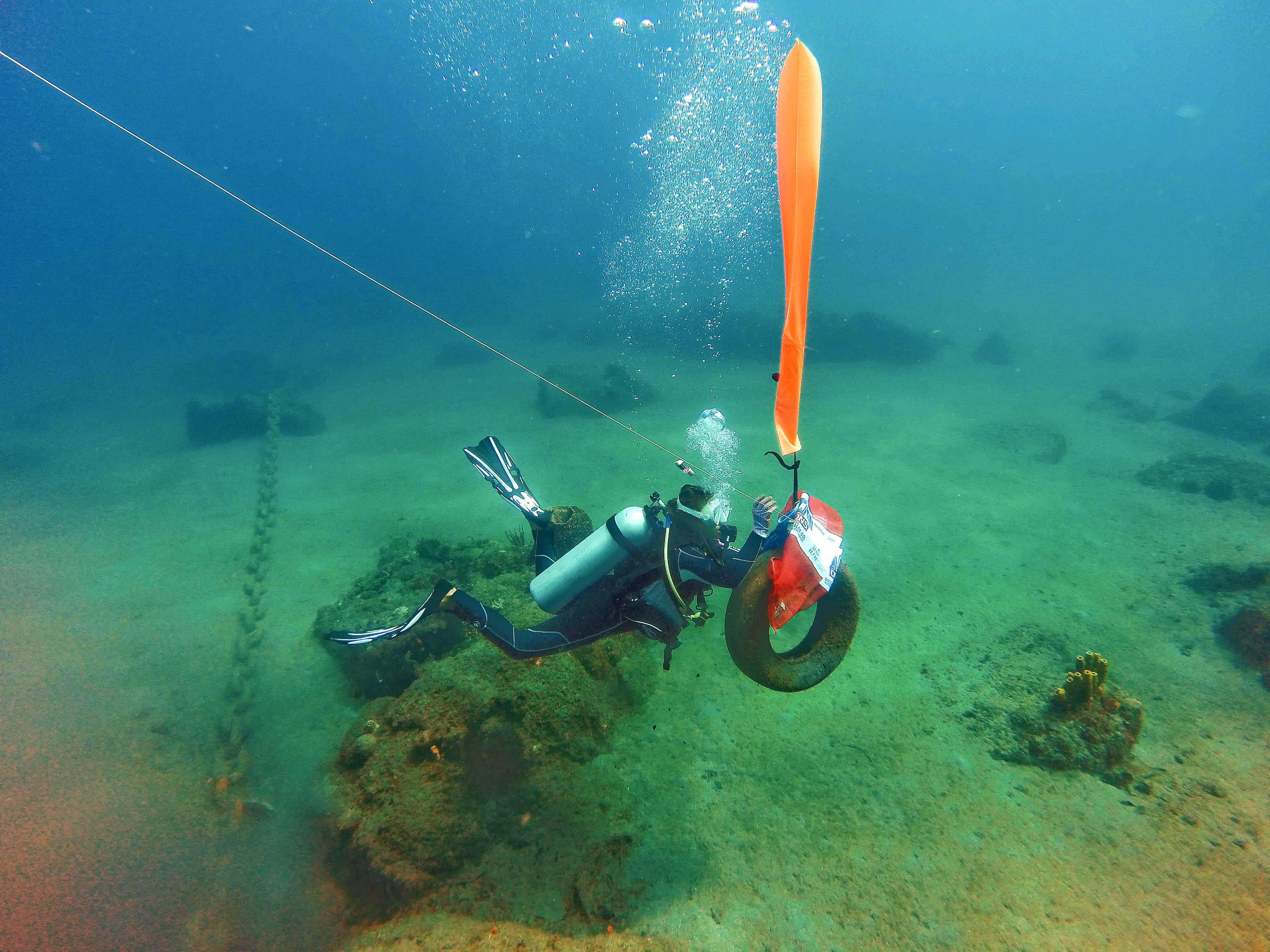
The aim of the project is to encourage local land-owners, schools and community groups to care for and manage areas of the island to ensure the survival of threatened species and healthy, vibrant ecosystems providing a number of services, including: fresh-water, food, a basis for nature tourism and a sustainable economy, as well as others. Activities include: removal of invasive species (which imperil native species) from land which has become overgrown, and replacement with native plants (and in some cases rare, threatened or endemic species) grown in the botanic garden at the Trust; and clearance of plastics and other rubbish from land, rivers and coastal areas. This pilot for this project has started well, and is proving an effective way of addressing the major problem of saving native vegetation from invasive plants, as well as empowering local people to reinforce their stewardship of the Island. But, to build on this excellent start whose start-up grant has now ended, funding is urgently needed. Funds secured will be used to develop the nursery, work with land-owners on management plans to manage their land, facilitate education and outreach in the community.
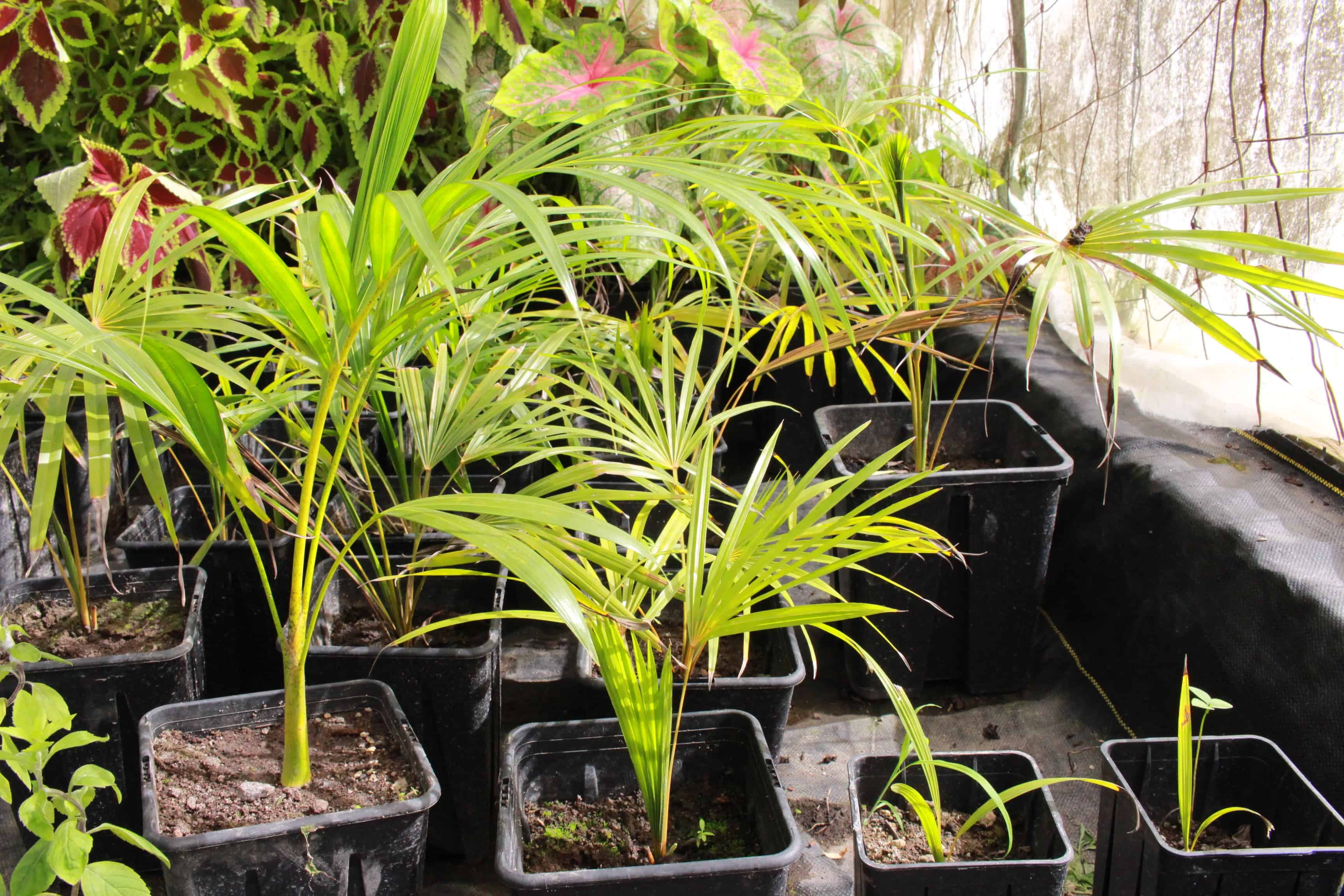
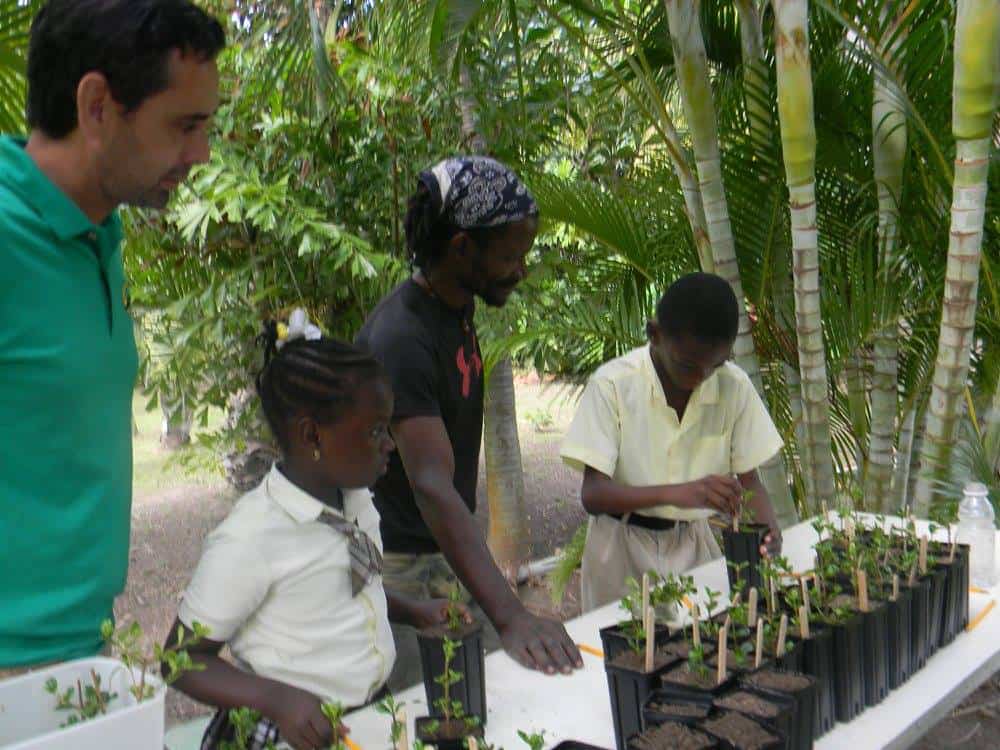
This project is part of a planned larger programme of work to help Montserratians restore and maintain their unique wildlife despite the challenges that they have been facing with such determination and fortitude. If you are interested in helping to fund these complementary project, do please contact hello@ukotcf.org, which is reached by using the “Contact Us” button at the top of this page.
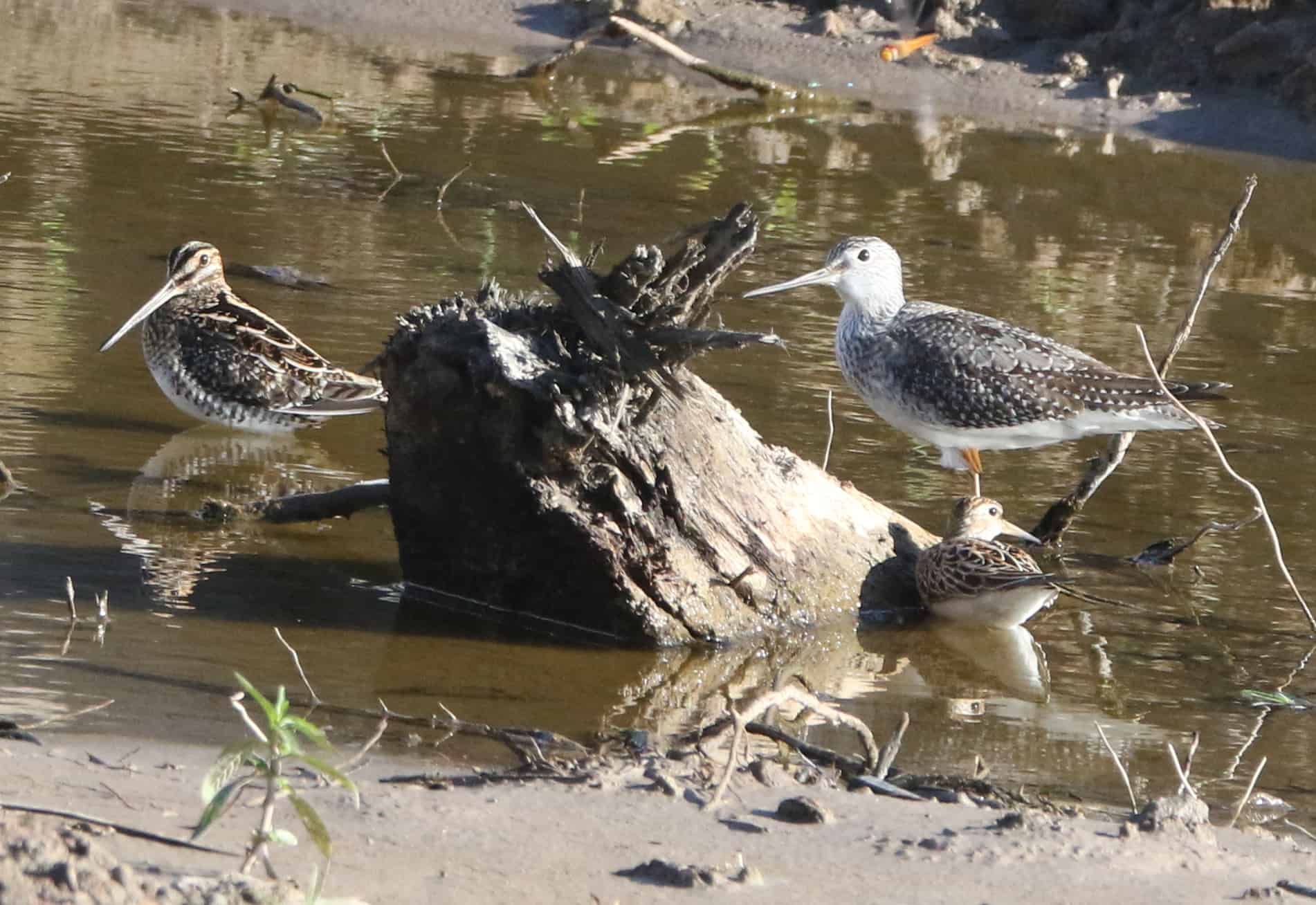
Here, we are adding some short videos of examples of Adopt a Home for Wildlife sites. Here is the first, featuring Dwayne Hixon’s site at Old Road Bay:
The second features the work of the Cork Hill Reunion Committee in restoring the area of their former homes where access has recently been restored. Watch video on Youtube
The third features Montserrat National Trust’s native plant nursery, which is vital in supplying the young plants for Adopt a Home for Wildlife and other sites. Watch now on Youtube
The fourth gives a background to the project and features conservation action at Tim Orton’s rare and threatened tropical dry forest area. Watch now on Youtube
The fifth extends the story at Tim Orton’s site to link with the Mountain Chicken Project, describing the first stage of experimental testing of ideas to provide conditions suitable for these Critically Endangered frogs to overcome the introduced invasive fungus which threatens their survival – and that of many amphibian species around the world. Watch now on Youtube
The sixth updates Tim Orton’s work: Tropical Dry Forest Restoration in Montserrat – The Challenges Watch now on Youtube
The seventh updates Dwayne Hixon’s work: Creating a Home for Migrant Shorebirds in Montserrat – The Challenge Watch now on Youtube
Especially for those who like an old-fashioned slide-show, UKOTCF’s Chairman gives the background, purpose and overview of activities of Adopt a Home for Wildlife Watch now on Youtube
